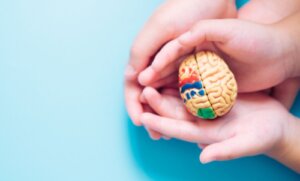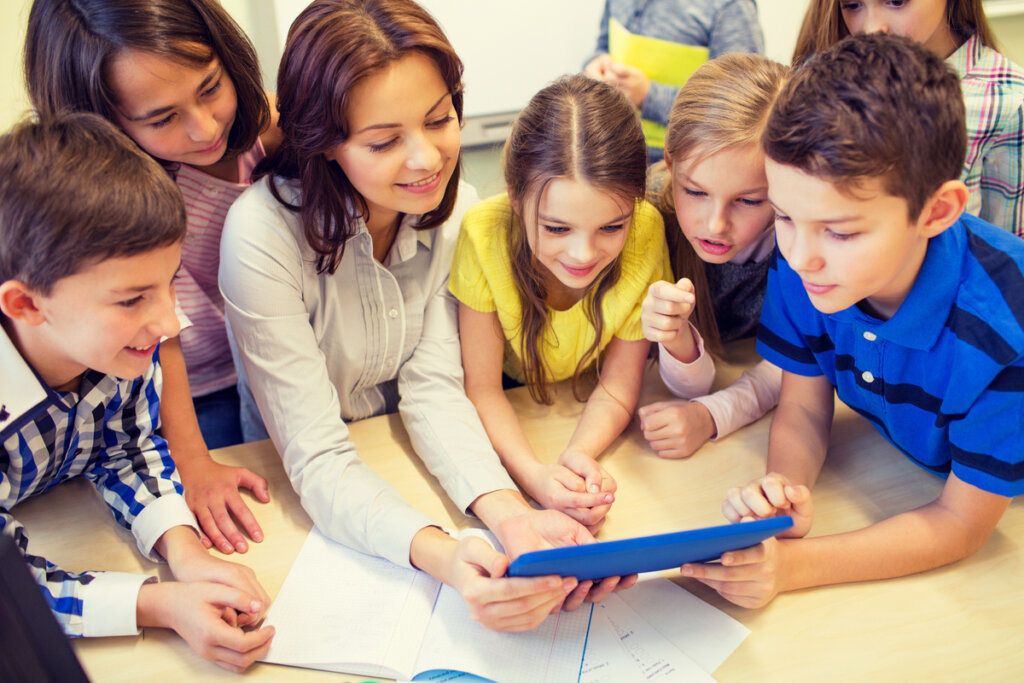Universal Design for Learning: Opportunities for All


Written and verified by the psychologist Elena Sanz
In the various kinds of educational establishments in existence, many different performances and abilities are seen. This isn’t only due to different capabilities but also the teaching approaches employed and how students access material and demonstrate what they’ve learned.
Traditional academic styles favor memorization and children who possess good memories. However, they disadvantage other students. The Universal Design for Learning aims to mitigate this effect.
Although its name may be misleading, this approach doesn’t seek to devise a common and useful educational style for all learners. On the contrary, it seeks to be flexible and adapt to the different capacities and needs of each student. Therefore, it offers truly universal opportunities for advancement in all students, equally.
If you want to know more about it, read on.

Universal Design for Learning (UDL)
The Universal Design for Learning (UDL) is a pedagogical model that’s based on neuroscience, research, and educational practice. It seeks to adopt an inclusive approach to education. Its main objective is to remove barriers that can hinder learning. Instead, it offers multiple ways of proceeding so that all students can interact with information comfortably and effectively.
The idea is that all students have the opportunity to learn and develop their educational potential. However, this can’t be achieved without taking into account the different personal, social, economic, or cultural circumstances of each student.
This model is especially beneficial for certain minorities. For instance, immigrants, those with a disability, and even high-ability students. But, in reality, it benefits all students. Indeed, it takes into account their interests, preferences, abilities, and needs so they stay motivated and can develop.
Let’s think about representation systems for a moment (the different ways in which people understand and process the world). Some people learn best through images and visual references. Others prefer to hear an explanation aloud, and some need to experiment with their own hands. So, for example, if an educational approach is rather auditory, it may not be useful for visual and kinesthetic people.
In the case of children, some need to be on the move while learning, like sufferers of ADHD. Others, like those with ASD, might require pictorial support. On the other hand, gifted students often need autonomy and opportunities to be spontaneous and curious and take the initiative. In short, students are diverse, so the opportunities they’re given must be equally so.
Fundamental principles of UDL
This model seeks for teachers to enrich the school curriculum and make the teaching-learning process more flexible and take into account diversity from start to finish. It encompasses three basic principles:
Engagement
This refers to the ‘why’ of learning. It concerns the motivation of students. To encourage them and maintain their interest, it’s important to create participatory and active dynamics, assign relevant tasks, and adopt playful approaches. The activities must be varied so that they can reflect the interests and preferences of each student.
Representation
This refers to how students can access knowledge. It involves the format in which the information is presented. Students should be offered exercises in support. For example, instructions read aloud, graphic explanations, and options for practical activities.
Any possible disabilities, lack of knowledge of the language, learning problems, and perceptual preferences, among other aspects, must be considered.
Action and expression
This last element concerns how students can interact with materials to build their learning and demonstrate what they’ve learned. The evaluations must be designed following different formats since written exams aren’t the best options for everyone. Verbal tests, role-play, videos, and graphic presentations are good alternatives.

Opportunities for all
In short, UDL seeks to adapt the educational model to students, and not the other way around. It’s based on a multiplicity of options, supports, approaches, and strategies to accommodate individual interests, abilities, and needs.
With this approach, the injustice of using unitary models is eliminated. Moreover, the stigma of segregating or diversifying students is reduced. Indeed, if multiple options are offered from the outset, everyone will be able to choose the method that works best for them. Consequently, they’ll all have the same opportunities to progress.
All cited sources were thoroughly reviewed by our team to ensure their quality, reliability, currency, and validity. The bibliography of this article was considered reliable and of academic or scientific accuracy.
- Alba Pastor, C. (2019). Diseño Universal para el Aprendizaje: un modelo teórico-práctico para una educación inclusiva de calidad. Participación educativa.
- Navarrete-Torres, A. (2019). Situaciones de aprendizaje desde la inclusión, para Altas Capacidades (Master’s thesis). Universidad Internacional de La Rioja.
This text is provided for informational purposes only and does not replace consultation with a professional. If in doubt, consult your specialist.








